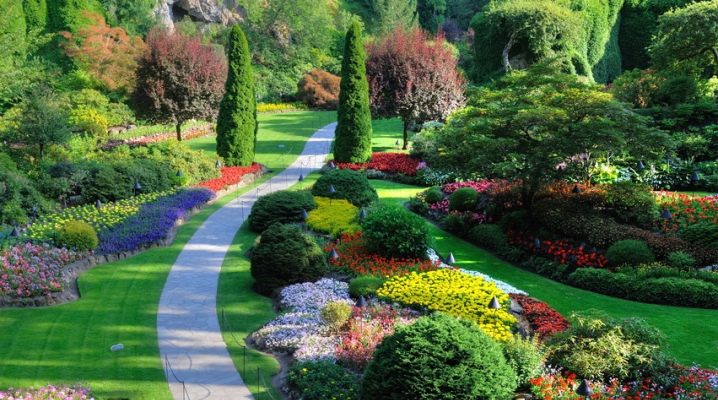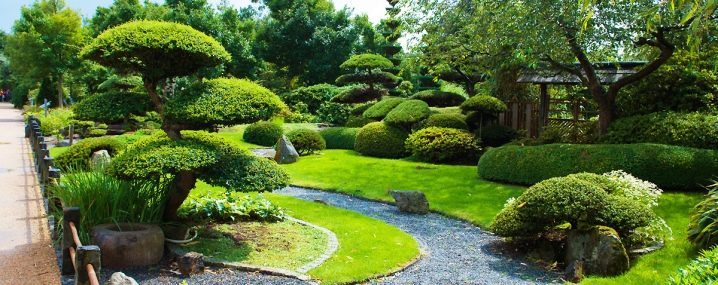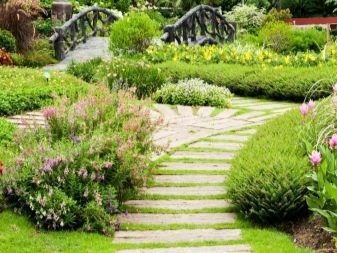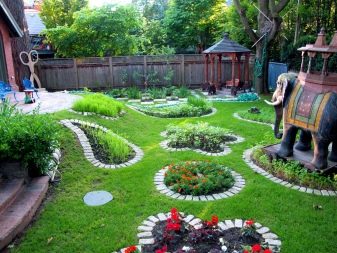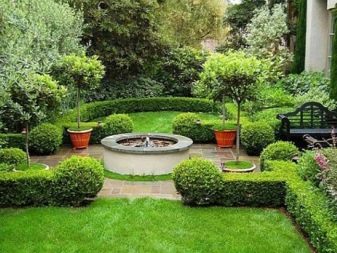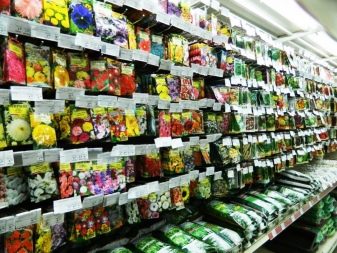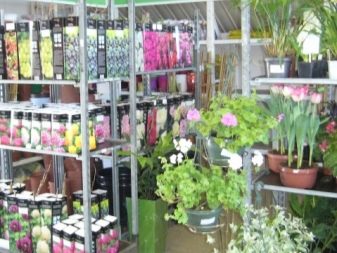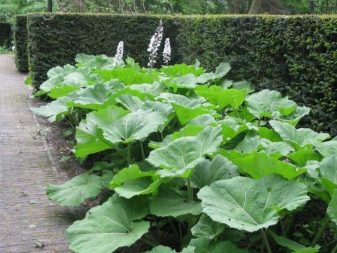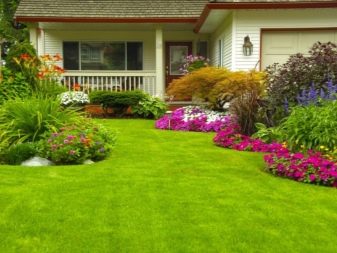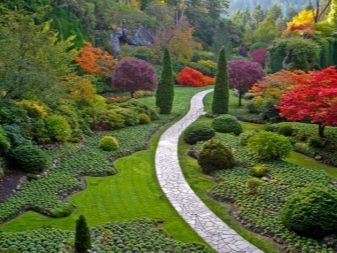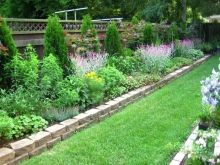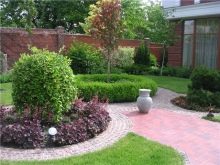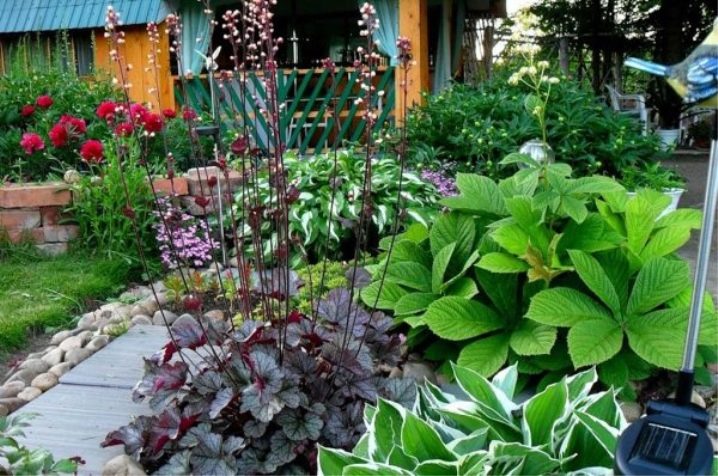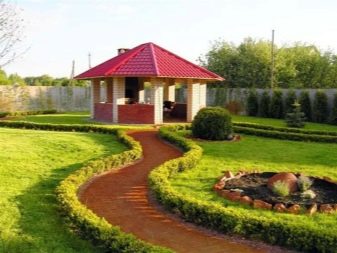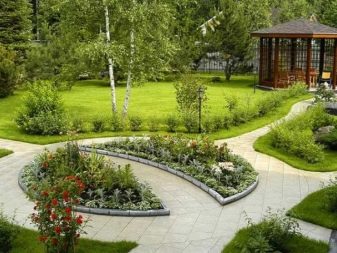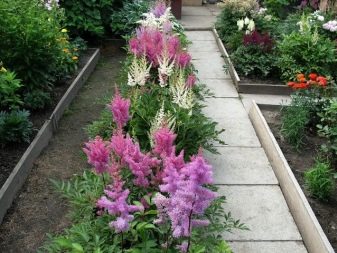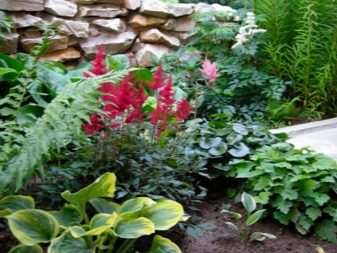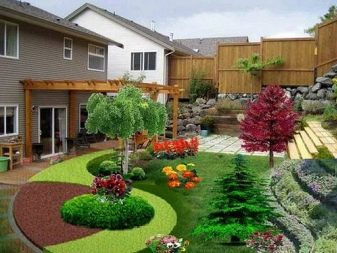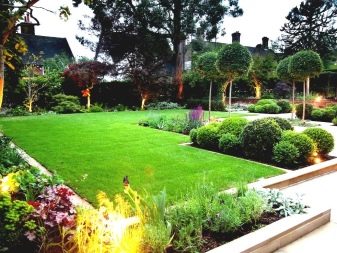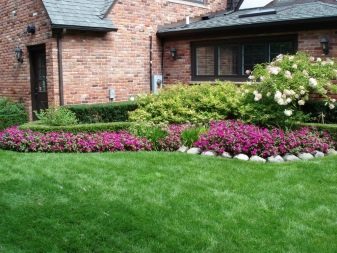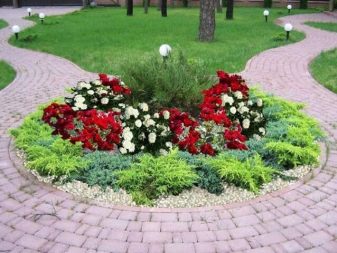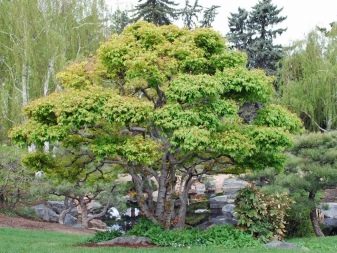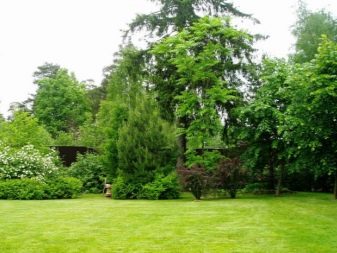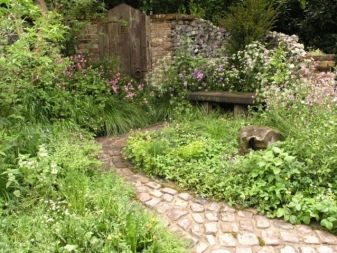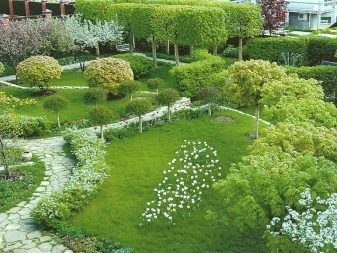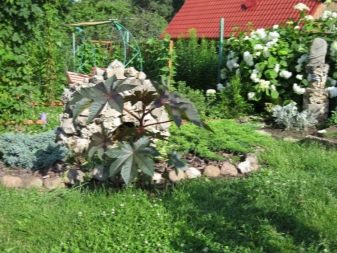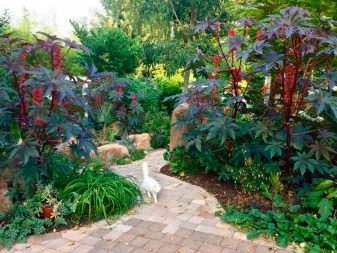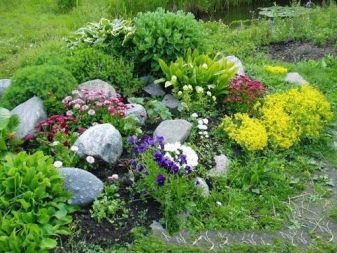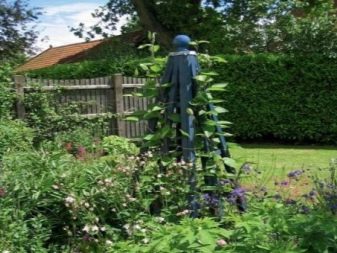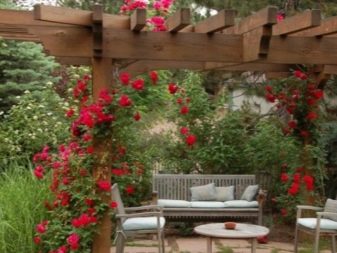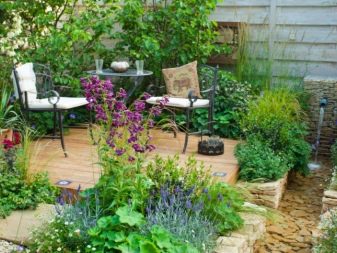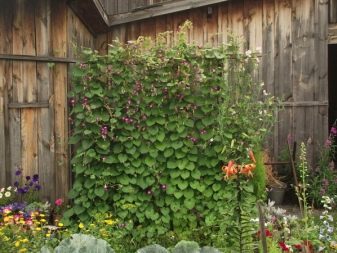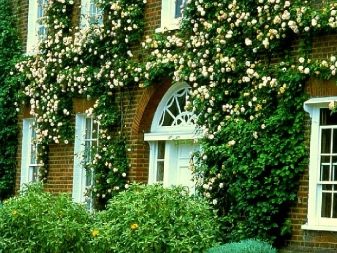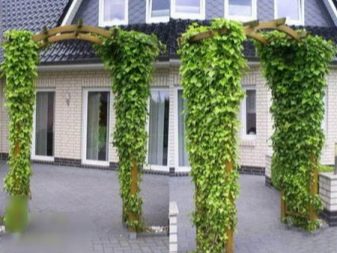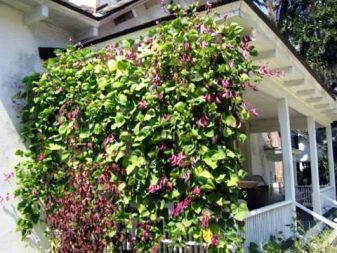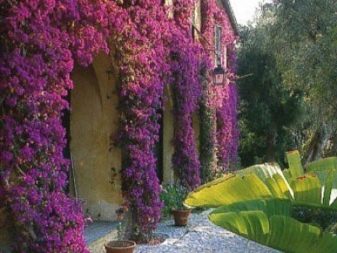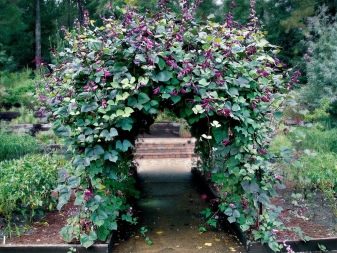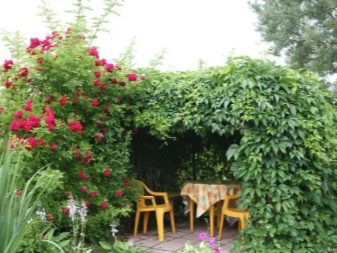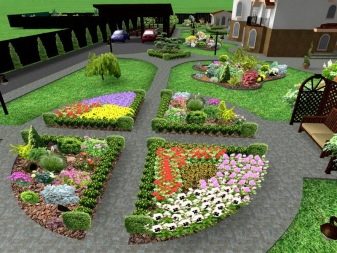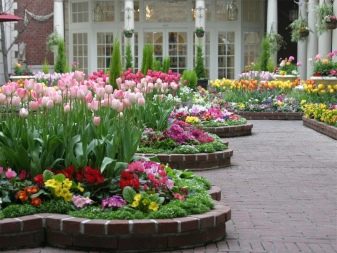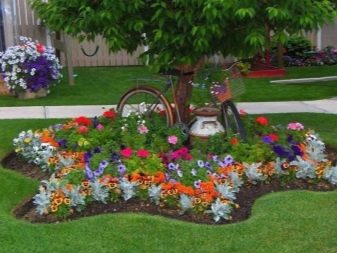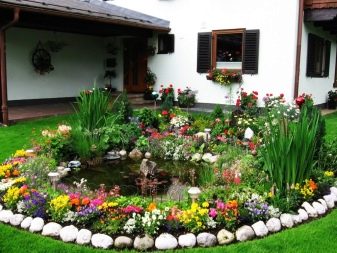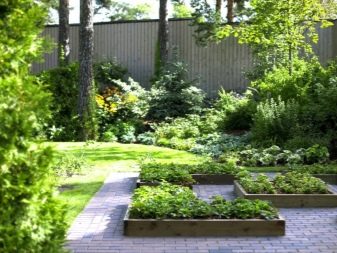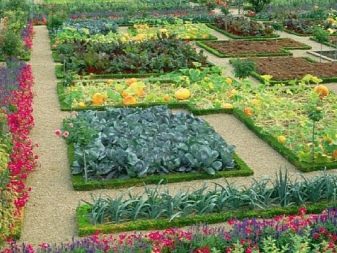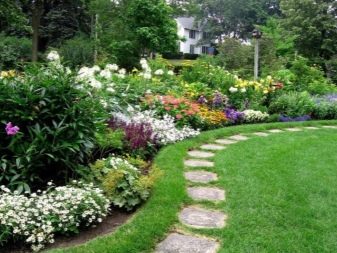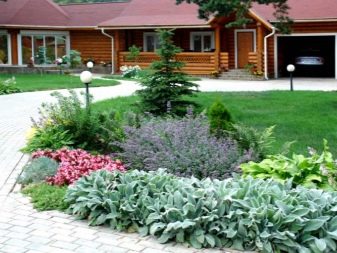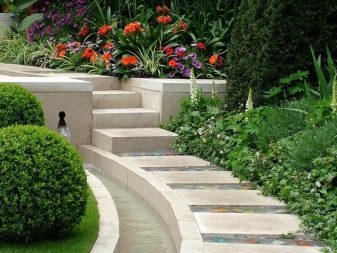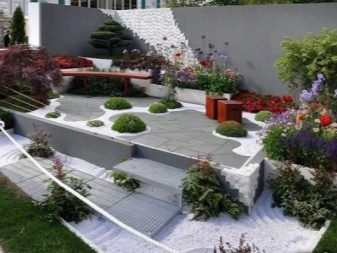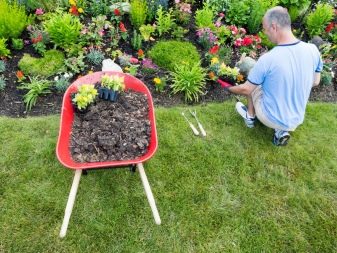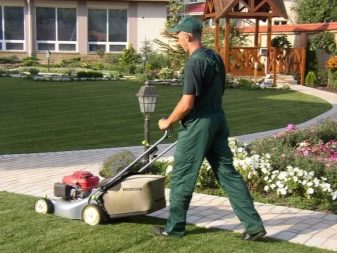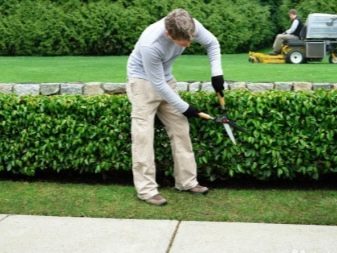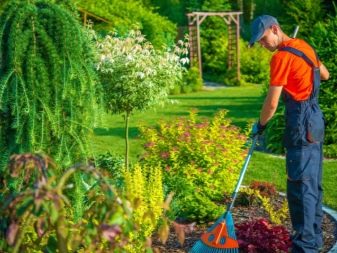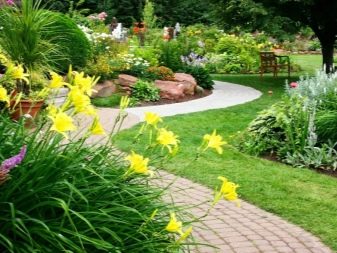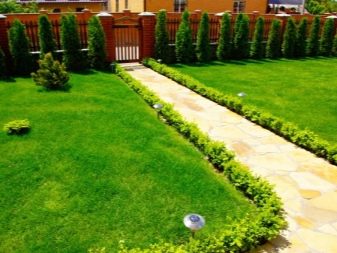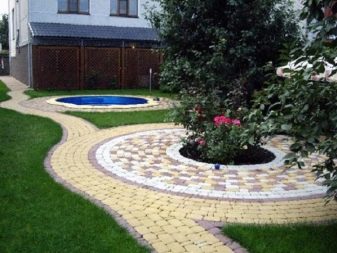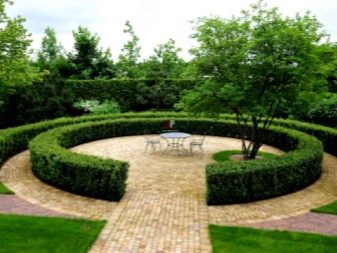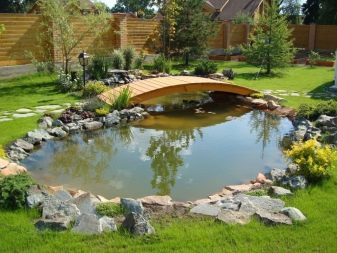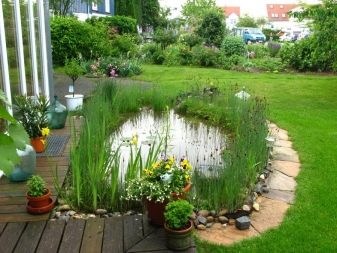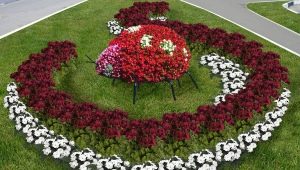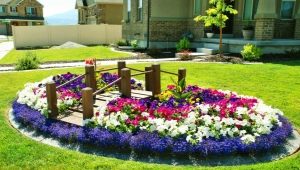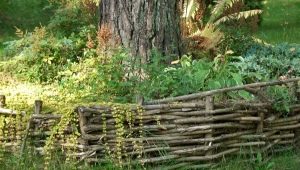Landscape design: features of the landscaping process
The essence of landscape design is not to cancel and not alter the artificially natural beauty, but to streamline them, giving the surrounding space an external orderliness. Experts know how difficult it is to choose the optimal combination of plants, taking into account the properties of the terrain, and insolation, and soil type, and aesthetic considerations. There are hundreds of cultures that can be used to decorate the landscape, but only by strictly coordinating them and collecting in a monolithic composition, can the work be considered finished.
Special features
Shady areas of the terrain are considered the most difficult to master. In addition to limiting the number of crops that can be planted there, the development is also affected by the fact that shaded areas are always more moist than well-lit areas. But there is still a solution, and it is not at all necessary to limit oneself to gravel filling the dark strip.
Excellent results are achieved when using shade-tolerant plants, primarily perennial ones.
With the help of krupnomerov, resistant to the shadow, make out the most remote from the observer a number of plantations, they are also used for accents in the middle of the composition. Such bushes well set off the dignity of ground cover and grassy lawns. It is recommended to choose hazel, western thuja, viburnum or Cossack juniper; but keep in mind that these plants, like tree hydrangeas, and dioecious Volzhankas, will perform well only on large areas.
What to choose?
Visiting a store selling seeds and seedlings, or ordering them online, you will immediately find out that the assortment is simply huge, and that the names of many breeds and varieties say little to even quite experienced summer residents and gardeners.
Here is a wide butterbur, rapidly capturing all new and new territory. The accelerated growth of its advantage can be a disadvantage if you do not protect other plants, do not prevent their suppression by butterbur. Contrast with it can eagle, shields, purest and ostrich.
Middle-grown cultures living in shady areas are quite numerous - and hosts occupy an important place among them. Having risen in front of the large-sized plants, these plants will be perceived extremely attractively, exposing the glossy leaves of every possible configuration. The highest decorative quality has a host of white-green and golden color; breeding variegated variety will need to provide her more light. The best options for combinations are the Japanese nomad, scolopendry leaf and other ferns of moderate height.
Large-leaved Brunners help to lighten the darkened areas of the gardens, and it is easy to arrange the most vivid accents using the bathing - both with a wide leaf and with multiple flowers. A variety of colors "garden lily of the valley" will amaze the imagination of even people who consider themselves experts in the plant world.
Geicher invariably brightens the territory, making it better than any other small perennial.
If you use the apical pachisander, you can form a very dense plant cushion at the base of higher plants.Periwinkle ordinary also forms thick carpets, in addition, it stands out very graceful flowers. These flowers grow well in the open and in the shade. The leathery leaf is immune to frost and short drought.
It is recommended to put the periwinkles in the broad vegetable borders, on the perimeters of the tracks, enter into mixborders. Located on a slope or on a perfectly level ground, the plant will develop very confidently and quickly.
Where the shade is relatively weak, the coin-operated collerstones and stone-throwing stones perfectly manifest themselves. And when there is a really strong blackout at the bottom, the gardener tiaarella and any of the subspecies of the ghoul will help out the gardener;
Landscape designers began to use coniferous crops for a very long time, and the main advantage of such plants is their minimal susceptibility to harmful environmental factors. Alpine slides are formed from junipers, dwarf rocks are recommended for the formation of curtains.
If there is a desire to apply the same tree to create compositions in single inclusions, feel free to choose cypress trees and thujas.
The shrubs help to increase the organic nature of the plantations of all the plants listed and make them more orderly. Not necessarily limited to the "classic" roses - lianas and jasmines, spirea, too, have proven to be effective in landscape design. Good results are achieved. through the use of rhododendrons and luizaniya.
Many medicinal crops can also please gardeners, for example, horse chestnut is famous for its lush crown and elegant flowers; This plant can be used both as a tapeworm and as part of group plantings. A pleasant shade along with the healing power of flowers, seeds and even bark will appeal to a lot of people.
European cedar grows very quickly, and if you provide proper care, the crown will be beautiful to occupy almost the entire trunk. The absence of the need for tamping allows you to fill large areas, and the independence of the plant makes it preferable in soliternyh plantings.
Clover thickets not only produce useful flowers and leaves; they lure pollinators and do not require a haircut. True, in recent times, clover has been used less frequently due to its wild appearance.Holly maples are attractive for a long growing season and the preservation of decorative properties from spring to almost frost.
Among the medical annuals it is worth emphasizing such a worthy candidate for a place in your garden, like castor oil. Its growth reaches 200 and even 300 cm, excellent opportunities are opened when planting these bushes as hedges and flower beds along fences.
It is possible to reveal the attractiveness of castor bean only when it is planted in well-lit places.
It would be possible for a long time to talk about medicinal plants, buckthorn and cineraria, but on the next turn we have climbing species.
Creepers, literally growing in a cascade, will help decorate the fence, arch, and even an arbor. Such solutions demonstrate your high taste and aesthetic preferences. Ivy, creating thickets, immediately forms an unusual high spirits, and even capable of skillful application to mask the unfavorable areas.
It makes sense to choose one-year bindweeds if you want to form very large and bright natural decorations.
Fragrant peas are greatly and completely unjustly underestimated.Importantly, this culture stands out not only for an impressive variety of varieties and shades, but also for an exceptionally strong, pleasant aroma. It is advisable to use peas to braid arbors; You can choose different options for its growth and apply in the compilation of vegetable arches.
In very difficult conditions, the Ipomoea develops easily and confidently, but it is best to apply them in sun-drenched places, substituting comfortable vertical supports. Such grounds can be the surface of the roof, and the wall, and a pipe dug into the ground, and even a nearby tree trunk.
Ipomoea is toxic, be careful when working with it, do not admit uncontrollably to the plant of young children.
A safer alternative is dolichos, growing to 400 cm (but here we must be interested in a particular species in order to avoid mistakes). The plant does not require complex care, but grows well only with an excess of heat, can be easily grown under the hot rays of the sun. Landing is allowed only after the guaranteed end of frost.
In the shade, a fine bean lives well, which serves as an elegant background for more expressive crops. Designers recommend surrounding pergolas, arches and arbors with beans.
Styles design flower beds
Choose plants should not only taking into account their own decorative features, but also focusing on the features of a particular flower garden, its environment. Regular styling implies that the landing geometry is strict, that symmetry and proportionality are very clearly observed. Such an approach is expedient when a flowerbed or border is formed, aimed at regulating the characteristics of the surrounding space.
The landscape approach dictates the maximum reproduction of untouched nature, this group also includes Japanese-style decoration. Landscape compositions are represented by mixborders, flower arrays, and slides on stones.
In spring camps, it is worth planting crops such as kandyk, scilla and crocus, and after the onset of strong heat, combinations of daffodils, primroses, hyacinths, tulips and so on appear in their place. Biennial plants and especially shrubs that bloom in mid-spring will help make the corner more attractive.
Ornamental vegetable gardens involve the use of vegetable beds, green garden plants and decorating crops. Traditional flower beds do an excellent job with the regulation of space, they have the most precise geometry.In the arrays are planted or varieties of different colors from the same species, or different types, but of a single color.
Mixborders are schemes, always elongated in length, flower beds of this kind are filled with grass and trees (mostly perennial), with the expectation of unstoppable flowering, which captures the largest percentage of the warm season. Monocolonials and front gardens can also be organized (in which one or two key plants concentrate the composition around themselves).
Speaking of different types of flower gardens, it should be mentioned about the style high tech; it is created, of course, not by saturating the space with high-tech components. There are completely different means, the use of which allows you to create a convenient, easy and comfortable care object. Abundantly applied glass, concrete and plastic structures; a mandatory feature of the style is rigor, even the severity of geometric contours.
There is no need to withstand strict symmetry, skillfully applied asymmetric elements will also fit into the overall concept.
Planting and Care Tips
All these styles are very attractive.and individual cultures allow beautifully landscaped territory. But only under one condition - the basic rules of work are strictly observed, errors are excluded.
Only beginners should focus on ready-made solutions, and not try to reinvent the wheel. Believe me, even if it seems that there is nothing suitable, it is better to look for more offers than to create what is unknown. Be sure to think about how the territory will be demarcated Always make a clear plan and make sure that the plants do not go beyond the boundaries reserved for them.
When drawing up projects, pay maximum attention to their practicality and convenience, consider not only external beauty, but also the subsequent maintenance of an object.
Prepare comfortable tracks of the tracks so that there are fewer uncomfortable turns, dead ends and turns in general. When buying seeds and seedlings, check the list more often, so as not to acquire anything unnecessary and not miss important items. Make a list, taking into account the acidity of the soil and their fraction, solar lighting and wind, rainfall and terrain.
Learn in advance what and how to water, feed, trim, when and how to form the crown, loosen the ground.
Immediately collect information about diseases and pests, about acceptable measures to combat them.
Examples in landscape design
Lawn grass is often planted along garden paths, and isolated areas are planted for flowers and other ornamental plants. An example of this approach you can see in the photo; shrubs, low dense “cushions”, and tapeworms, including near the water, are used for landscaping.
A very original move is to make gardening of a place where garden paths converge, in the form of a circle. Separate sectors are set aside - each for its own decorative culture.
Not less attractive step may be a combination of moderate landscaping of the perimeter of the pond with a green isthmus, stretching through the entire reservoir.
You can find out how to make a landscape design yourself in the next video.
